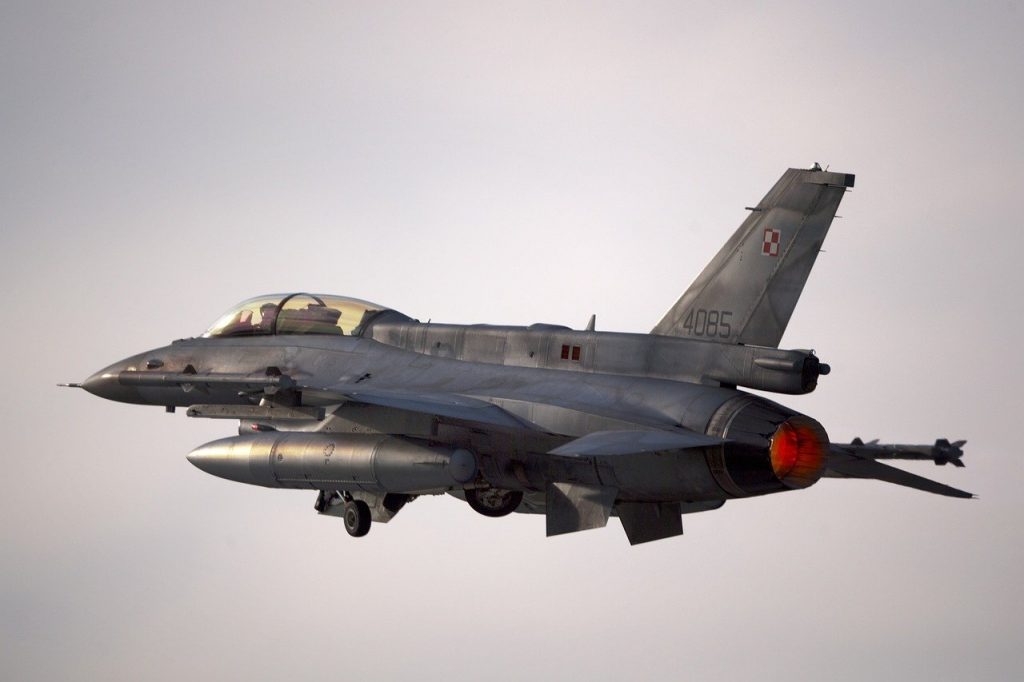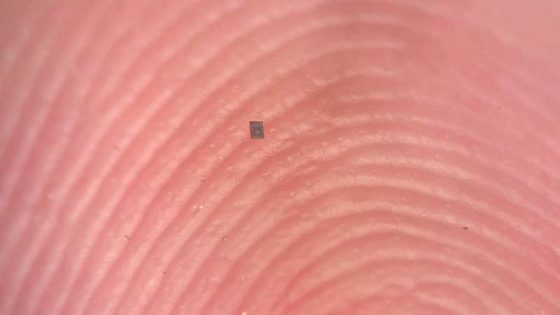US military soon with aircraft with artificial intelligence

Artificial intelligence has left its mark in practically every field. The aviation industry is also feeling the effects of the new technology. Although we are only at the beginning of its development, the US Air Force (USAF) decided that the technology should not be neglected. They are preparing a fleet of more than 1,000 unmanned combat aircraft that will use artificial intelligence. The first planes are expected to take off by 2028.
The pilot test took place at Edwards Air Force Base, which is also the site where pilot Chuck Yeager became the first to exceed the speed of sound, and where the US military continues to test secret aviation technologies today. A new generation of pilots is being trained in simulators at the base with artificial intelligence. Frank Kendall, the Secretary of the US Air Force, also watched their progress and publicly expressed his confidence in the new era of aviation.
“If we didn’t have it [AI], it would be a safety risk. We can’t afford not to have it at this point,” Kendall said. In an AI-controlled F-16 called Vista, Kendall flew lightning-fast maneuvers at speeds of more than 550 miles per hour. The plane was on par with a human pilot as the two planes tried to force an opponent into error by spinning and looping.
Concerned opponents of the new planes have already raised their objections, of course, as they worry that one day artificial intelligence will be able to autonomously decide where to drop bombs. The US Air Force counters that any AI aircraft will still have a human decision-maker who will have the final say. Nevertheless, opponents are demanding stricter regulation of laws regarding the use of artificial intelligence in the military industry.






























